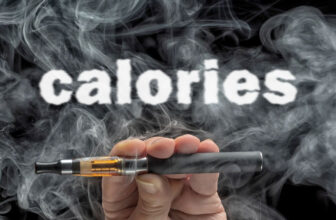
The emergence of vapes as an alternative to traditional smoking has triggered a series of debates and concerns. With the rapid development of the vape market in recent years, more and more people smoke vapes. Specifically regarding the effects of second-hand vape exposure. Unlike the visible, odor-laden smoke of cigarettes, the aerosols (often called vapor) produced by vapes have raised questions about their safety for non-vapers who come into contact with them. This article delves into existing research and insights into secondhand vape exposure, examines its potential health risks, compares it to traditional secondhand smoke, and considers the wider implications for public health and policy.
Understanding Secondhand Vape Exposure
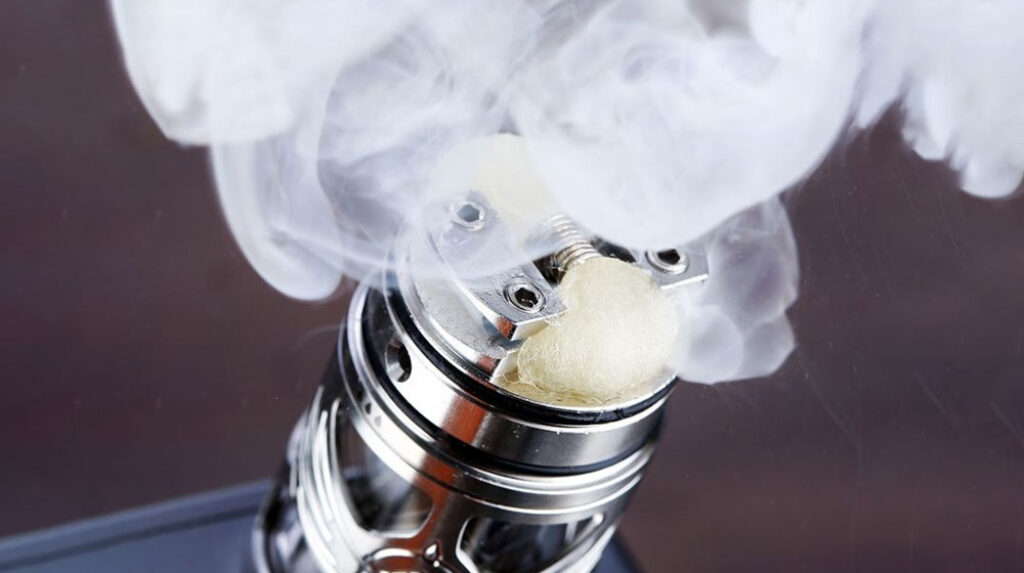
Secondhand vape exposure occurs when ordinary people inhale aerosols exhaled by vape users. Then you will inhale the secondhand smoke from the vape. This aerosol is not merely “water vapor” as is often misconceived; it contains a mixture of nicotine, ultrafine particles, flavorings, and various chemicals, some of which are known to be toxic or carcinogenic. Unlike the simple composition of second-hand smoke from cigarettes, the variability of e-cigarette products means the exact composition of the vapor can vary significantly between devices and liquids. Different e-liquids have different ingredient lists, and devices with different powers produce completely different smoke. Box mod devices like Geekvape t200 support a maximum power output of 200w. Can produce huge smoke.
Health Risks Associated with Secondhand Vape
A growing body of research indicates that there are indeed health risks associated with secondhand vaping, although the extent and severity of these risks are still under study. Key findings have highlighted several areas of concern:
- Nicotine Absorption: Non-smokers exposed to secondhand vape aerosol absorb nicotine, albeit in varying levels depending on proximity and duration of exposure. Nicotine is a highly addictive substance that can have adverse effects on cardiovascular health and neurodevelopment in adolescents and young adults.
- Respiratory Issues: Studies have linked exposure to secondhand vape aerosol with an increased risk of bronchitis symptoms and shortness of breath, particularly among young adults who have never smoked or vaped. The ultrafine particles contained in the aerosol can penetrate deep into the lungs, potentially leading to inflammation and other respiratory issues.
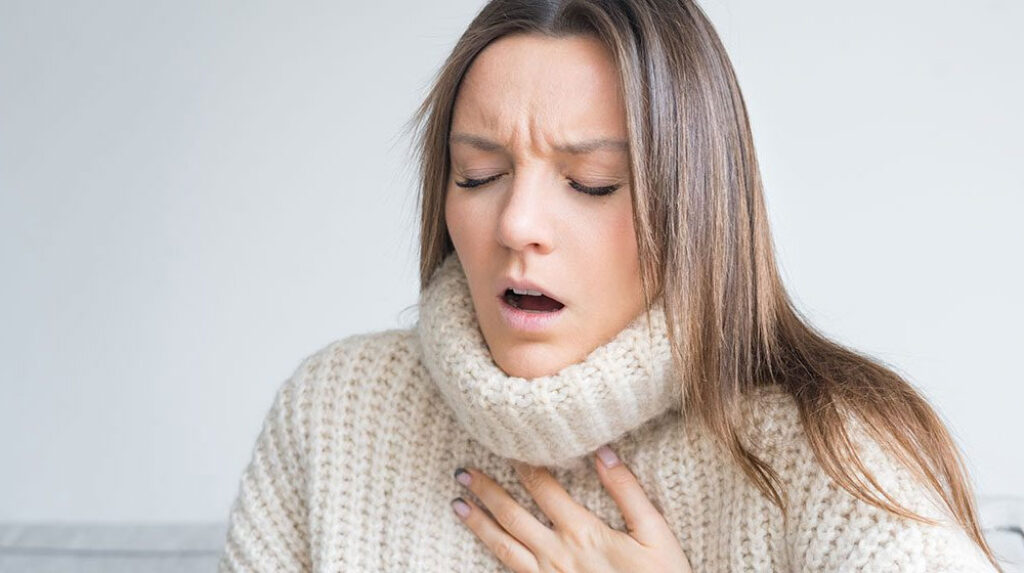
- Cardiovascular and Cancer Risks: While the research is less conclusive in these areas compared to traditional cigarette smoke, the presence of harmful substances like formaldehyde and acrolein in vape aerosol raises concerns about long-term risks of cardiovascular diseases and cancer for those exposed to secondhand vape.
Comparing Secondhand Vape to Secondhand Smoke
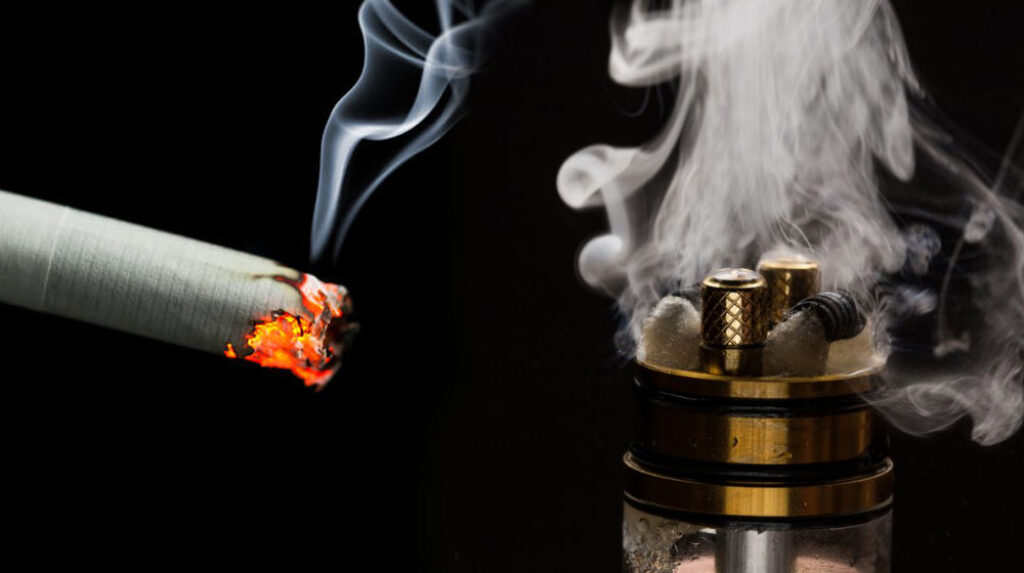
It’s important to note that while both secondhand smoke and vaping expose bystanders to harmful substances, there are differences in their composition and potential health impacts. Traditional secondhand smoke is known to contain over 7,000 chemicals, including at least 70 known carcinogens, making it a well-established risk factor for various diseases, including lung cancer, heart disease, and respiratory infections.
Secondhand vape, on the other hand, generally contains fewer toxic substances at lower concentrations. However, the presence of ultrafine particles and certain toxicants still poses health risks, particularly with long-term or high-level exposure. There is no difference between accepting secondhand smoke for a long time and smoking yourself.
Implications for Public Health and Policy
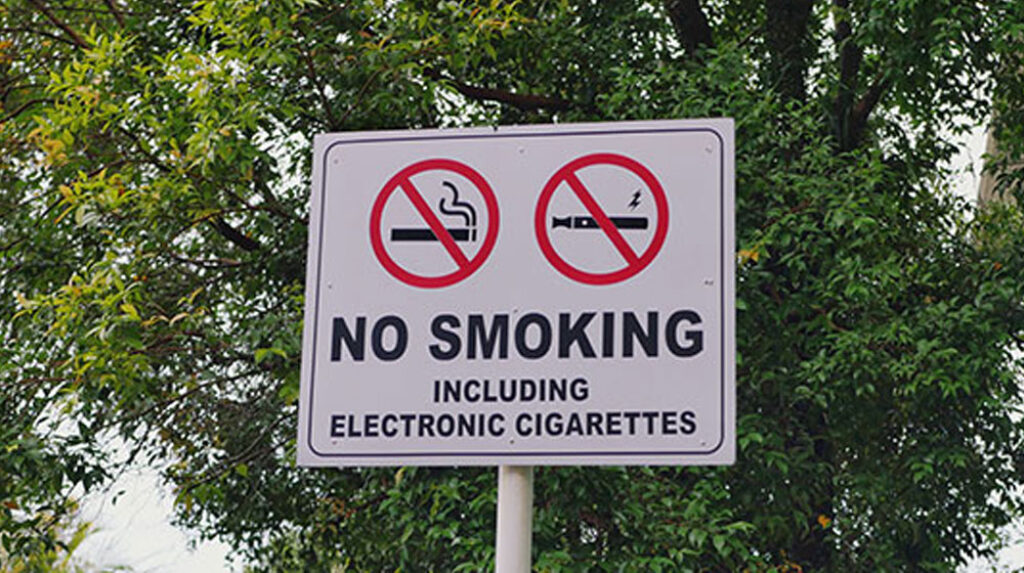
The evidence on the health risks associated with secondhand vaping underscores the need for comprehensive public health policies to protect non-vapers, especially vulnerable populations such as children, pregnant women, and individuals with pre-existing health conditions. In order to reduce the potential risks caused by second-hand aerosol exposure caused by vapes, many countries around the world have established clear restrictions on smoking in public places. Some states, regions, and cities in the United States have begun to restrict where people can smoke vape. Prohibit vaping in enclosed public spaces and near entrances to minimize secondhand smoke exposure. These measures are crucial in establishing a safer environment for everyone, irrespective of their smoking or vaping status.
Conclusion
While vapes are often promoted as a safer alternative to smoking, evidence shows that exposure to second-hand vape is not without risks. As research continues into the long-term health effects of vapes, it is important for individuals to understand the potential hazards of secondhand e-cigarette aerosols and for policymakers to take steps to protect the public from involuntary exposure. The ban on smoking in public places is a good proof. Of course, for e-cigarette enthusiasts, while enjoying the fun of vapes, they also affect other people. For non-smokers, difficulty breathing due to smoke is always annoying.







